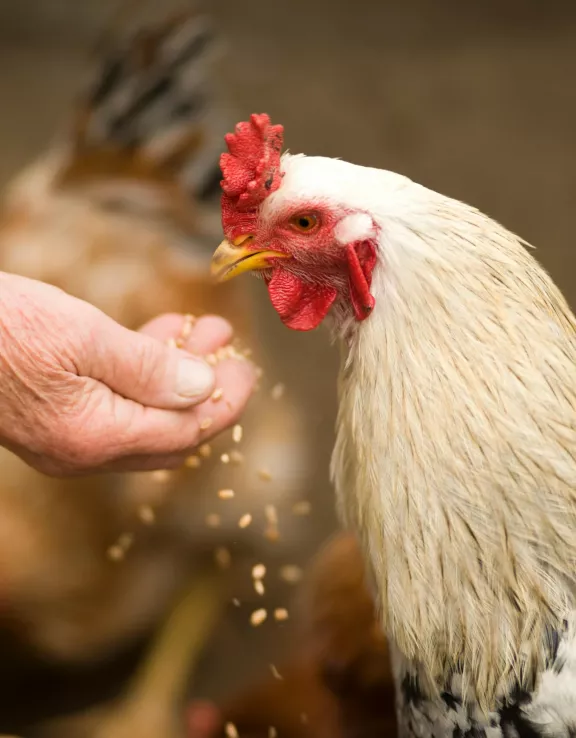
Empowering Animal Health and Productivity Through Innovative Feed Additives
Our goal is to provide cost-effective solutions while respecting animal welfare and sustainability.
Impextraco® guarantees that you will obtain feed additives and ingredients that allow you to meet current demands for healthy and safe food products.

Discover our product range
All our products are developed and produced feed additives and ingredients that protect animal health and enhance productivity.
Transparency, Innovation, Sustainability
To develop the best products, Impextraco® is working closely together with premix companies, feed mills and farmers (our partners and customers). This collaboration plays a key role in the development and production of high-quality safe additives and ingredients for all livestock farmer producing eggs meat and milk.
Impextraco® believe it is important that people worldwide share the benefit of our products. Sustainability remains central driver throughout our approach, from the development and production of our feed additives and ingredients to their distribution and actual use on site.



